Venus and Jupiter are meeting in rare planetary conjunction! Moon to join up too!
Skywatchers have another chance to catch a rare planetary conjunction of Venus and Jupiter. And Moon will join them soon.
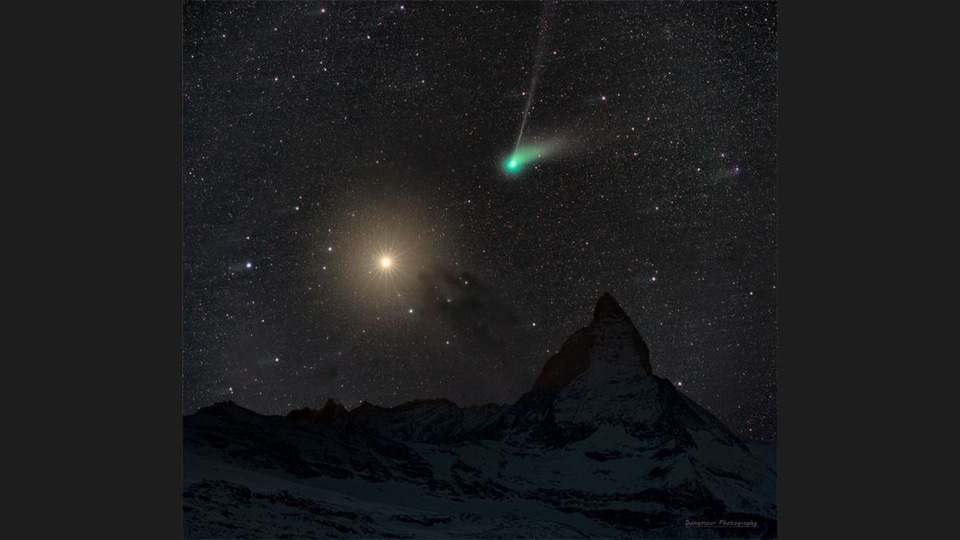
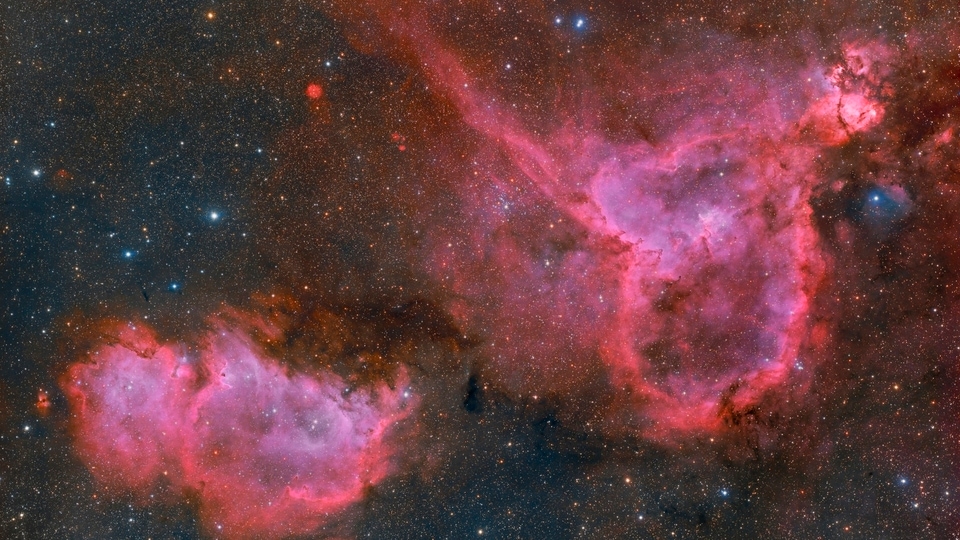
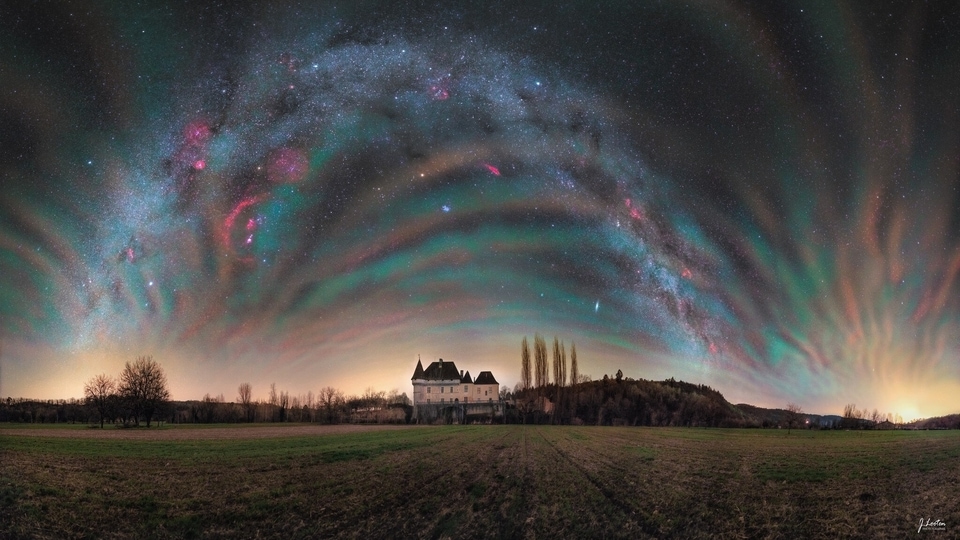

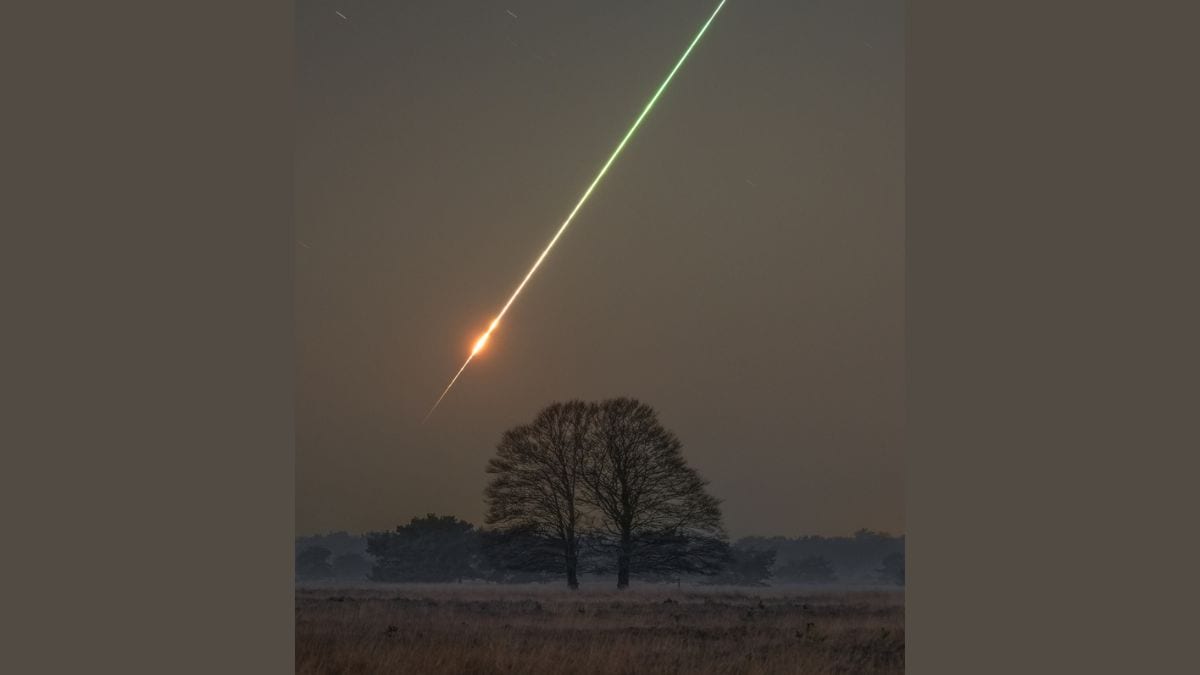
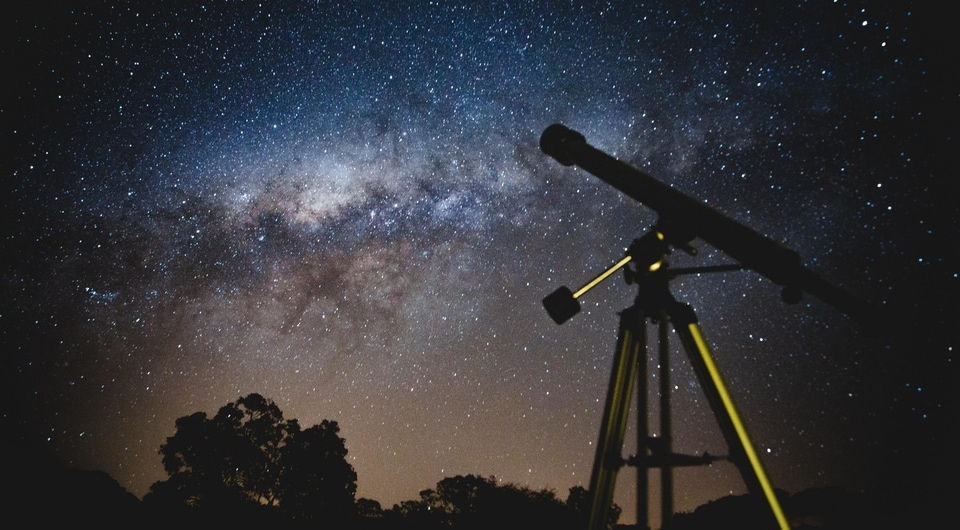
 View all Images
View all ImagesA rare phenomenon is happening up in the sky! Two of the brightest planets in our solar system, Jupiter and Venus, are about to meet! At least, that's what humans will experience on Earth. The two most bright planets visible in the sky, namely, Venus and Jupiter, have been moving closer to each other. At the beginning of this month, their distance from each other was approximately 29 degrees, Space.com reported. Earlier, these two planets seemed to be separated by around "three fists" from each other. However, as time has passed, they have been coming nearer to each other, with an average drop in their distance of about one degree per night.
Now on February 20, the distance between the two planets will be just a little over nine degrees. Further, on February 27, the gap between the planets will be diminished to just 2.3 degrees. So when are these two planets at their closest? Here's everything to know about this rare planetary conjunction.
When and how to watch the meeting of Venus and Jupiter?
On March 1, the two planets will reach their closest proximity, with a mere 31 arc minutes or 0.52 degrees separating them, Space.com confirmed. Jupiter will radiate twice as luminous as Sirius, the brightest star in the sky. On the other hand, Venus will glow six times brighter than Jupiter! Using binoculars can considerably improve the observation of this fascinating occurrence.
Venus and Jupiter conjunction: Moon coming too
Not just these two planets, but the Moon will join the conjunction of Venus and Jupiter soon. “As if having the two brightest planets calling our attention to them in this month's evening sky wasn't enough, the moon will add its own special luster to this array during the evenings of Feb. 21 and 22,” the report mentioned. On February 21 evening, just look up towards the west-southwest horizon approximately one hour after sunset and here you will witness the slender crescent moon. While Jupiter will appear around 8 degrees above it and to the left of Venus.
Catch all the Latest Tech News, Mobile News, Laptop News, Gaming news, Wearables News , How To News, also keep up with us on Whatsapp channel,Twitter, Facebook, Google News, and Instagram. For our latest videos, subscribe to our YouTube channel.


























